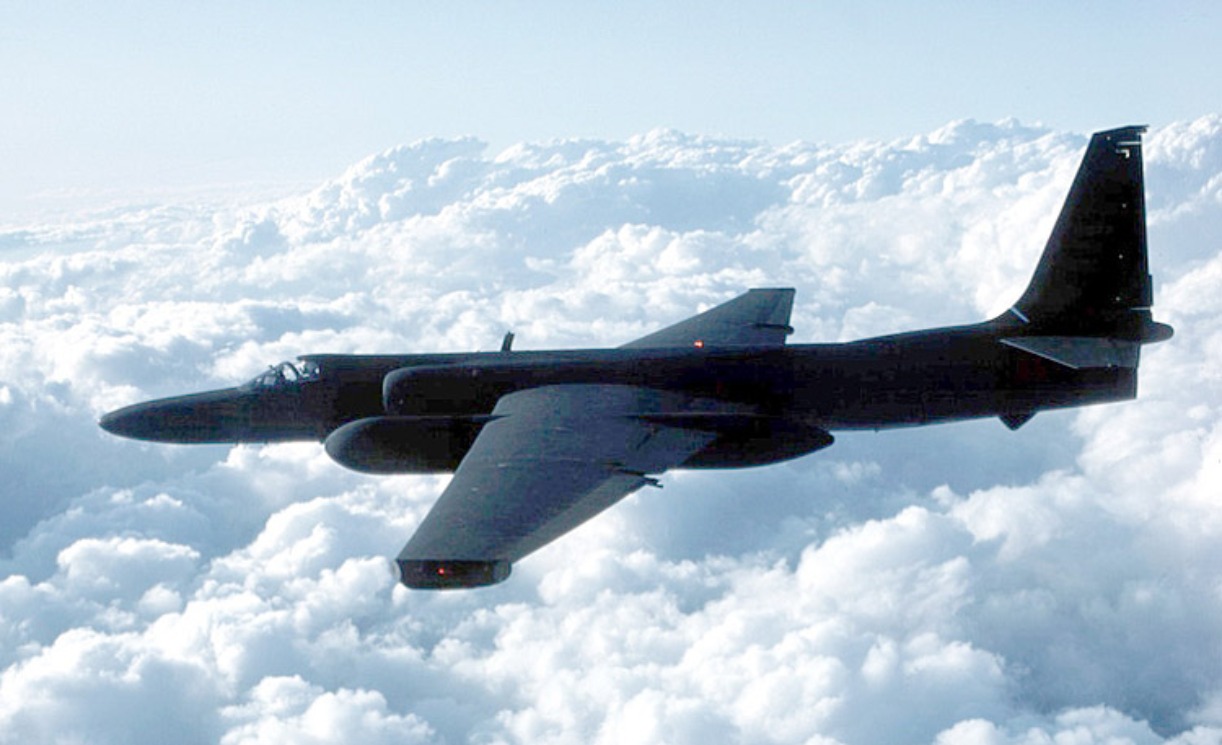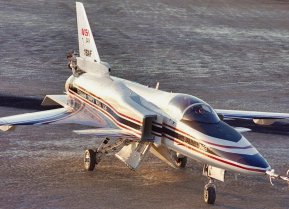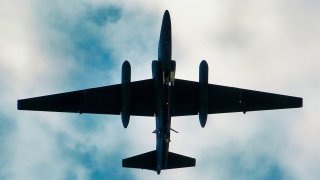The Old U-2 Spy Plane Has One Mission Only
Aviation buffs and industry analysts highly respect the U-2. It has been one of the country’s best secret aerial reconnaissance platforms for over half a century.
Lockheed Martin’s U-2 Dragon Lady made its first flight back in September with an updated avionics system. According to the manufacturer, the Avionics Tech Refresh (ATR) fitted onto the airframe will enhance the U-2’s capabilities.
Specifically, a new mission computer with an open-mission systems hardware and navigation software updates will enable the aircraft to communicate with platforms and networks at “disparate security levels.”
Introducing the Dragon Lady
Aviation buffs and industry analysts highly respect the U-2. It has been one of the country’s best secret aerial reconnaissance platforms for more than half a century.
After World War II, U.S. officials wanted advanced capabilities to better spy on their Soviet counterparts. The idea was to avoid a future surprise attack similar to Pearl Harbor. At the time, the U.S. relied on photographs taken of the USSR during the war, making the need for more current intelligence a top priority. The Beacon Hill Report, which was commissioned by the Air Force, determined that a plane able to take photographs of the Soviet Union would be the most efficient spy craft. The service solicited design plans from aircraft companies for a platform that could fly at 70,000 feet over a target with roughly 1,700 miles of operational radius.
Ultimately, Lockheed’s design was selected, and the U-2 “Dragon Lady” was born in the 1950s. The airframe flew in operations over the USSR during the Cold War. It also flew over China, Vietnam and Cuba. One U-2 piloted by Gary Powers was notoriously shot down over the Soviet Union in 1960 by a surface-to-air missile. Despite this incident, the platform continued to fly in service of the Central Intelligence Agency.
More recently, the U-2 deployed in Afghanistan and Iraq. It has been additionally used for a variety of purposes including scientific research, communications, and satellite calibration.
Specs and Capabilities
A lightweight, fuel efficient General Electric F118-101 engine powers the U-2, which means it does not have to refuel, even over long distances.
As detailed by Military.com, “The U-2S Block 10 electrical system upgrade replaced legacy wiring with advanced fiber-optic technology and lowered the overall electronic noise signature to provide a quieter platform for the newest generation of sensors. The aircraft has the following sensor packages: electro-optical infrared camera, optical bar camera, advanced synthetic aperture radar, signals intelligence, and network-centric communication.”
The U-2 Dragon Lady Will Retire Soon
Over the years, different upgrades have been incorporated in the U-2 to help the platform retain an edge over competitors. In 2020, the Air Force’s entire U-2 fleet was installed with electro-optical reconnaissance system sensors.

Although the U-2 is currently being fitted with advanced capabilities, the platform is set to retire in 2026. However, the Dragon Lady will continue to be used to test out new technology that can be implemented on other platforms.
About the Author
Maya Carlin is an analyst with the Center for Security Policy and a former Anna Sobol Levy Fellow at IDC Herzliya in Israel. She has by-lines in many publications, including The National Interest, Jerusalem Post, and Times of Israel. You can follow her on Twitter: @MayaCarlin.
All images are Creative Commons.


